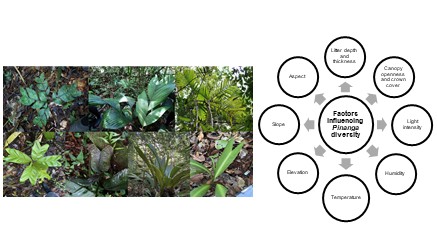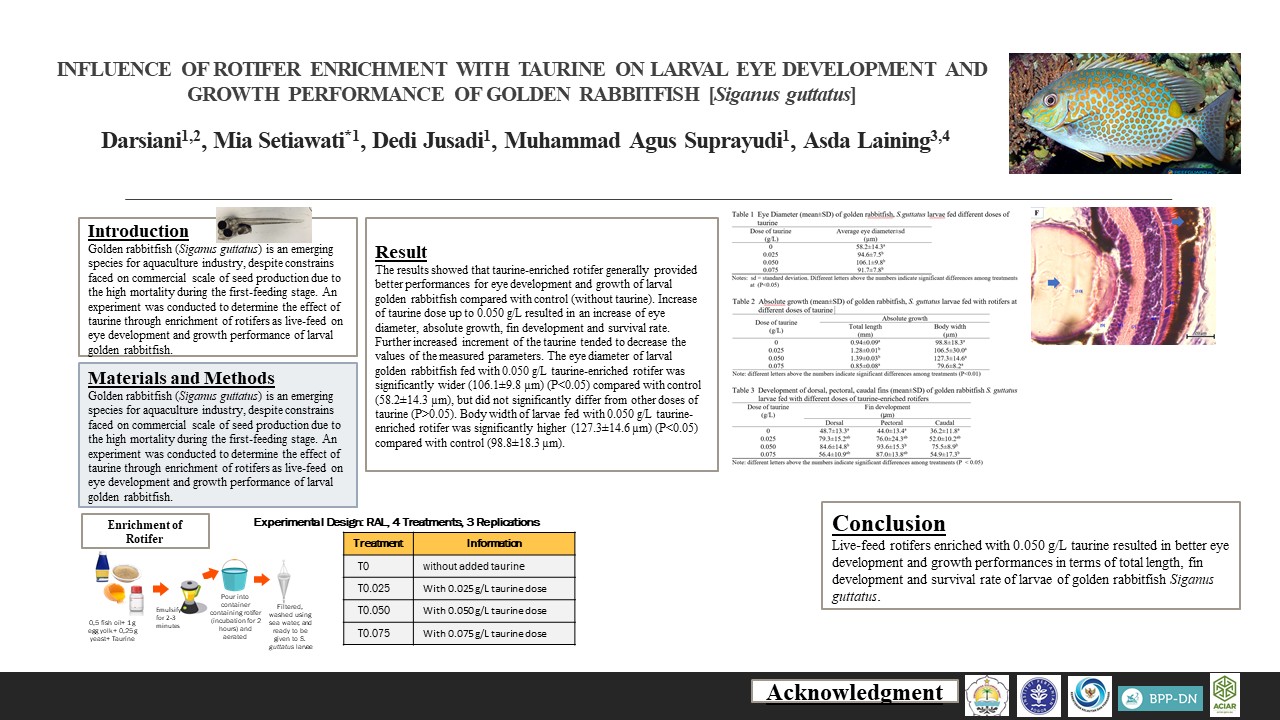ISOLATION OF ENDOPHYTIC FUNGI FROM THE COASTAL PLANT TERONG PUNGO (Solanum sp.) AND ITS ANTIBACTERIAL ACTIVITY AGAINST ORAL PATHOGENIC BACTERIA
Downloads
Coastal plant locally known as terong pungo (Solanum sp.) was used by Aceh community as traditional medicine for toothache. The objectives of this study were to isolate endophytic fungi from the leaves of terong pungo and determine the antibacterial activity of the fungi against bacteria causing dental caries and infection. Eight endophytic fungi were isolated. Antagonism test among the isolates was performed to select the most dominant fungus. TP6 was the selected fungus based on the antagonism assay. Crude extracts of the fungus were macerated from the culture broth using ethyl acetate. The strongest antibacterial activity of the extracts was obtained when the fungus was at 12 days of cultivation. The fungal crude extract was strongly active against Staphylococcus aureus, Staphylococcus epidermidis and Pseudomonas aeruginosa with inhibition zone diameter of 20, 21 and 23 mm, respectively.
Downloads
Authors who publish with this journal agree with the following terms:
- Authors retain copyright and grant the journal right of first publication, with the work 1 year after publication simultaneously licensed under a Creative Commons attribution-noncommerical-noderivates 4.0 International License that allows others to share, copy and redistribute the work in any medium or format, but only where the use is for non-commercial purposes and an acknowledgement of the work's authorship and initial publication in this journal is mentioned.
- Authors are able to enter into separate, additional contractual arrangements for the non-exclusive distribution of the journal's published version of the work (e.g., post it to an institutional repository or publish it in a book), with an acknowledgement of its initial publication in this journal.
- Authors are permitted and encouraged to post their work online (e.g., in institutional repositories or on their website) prior to and during the submission process, as it can lead to productive exchanges, as well as earlier and greater citation of published work (See The Effect of Open Access).


























